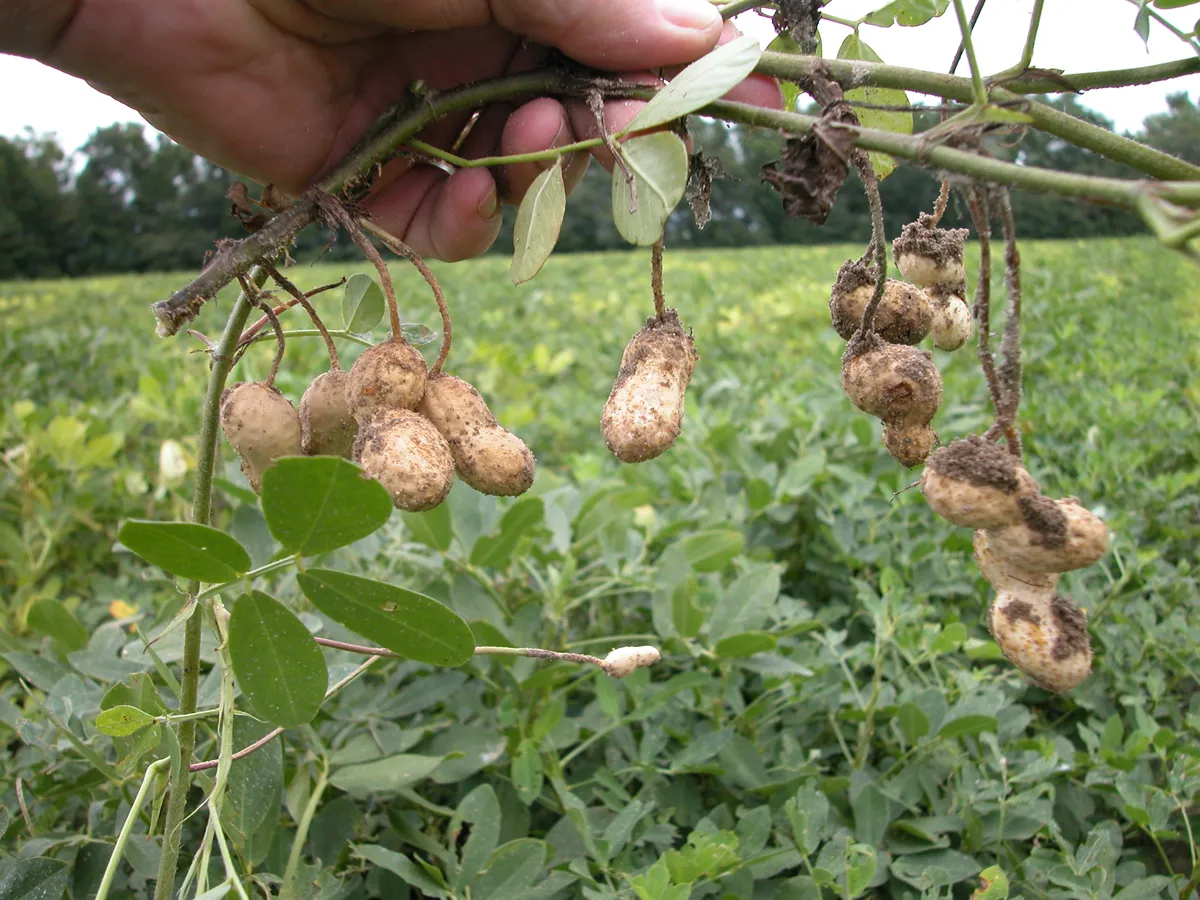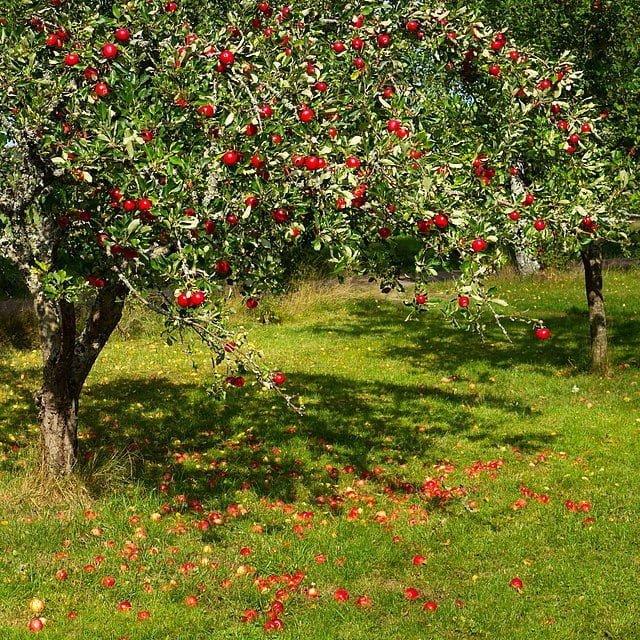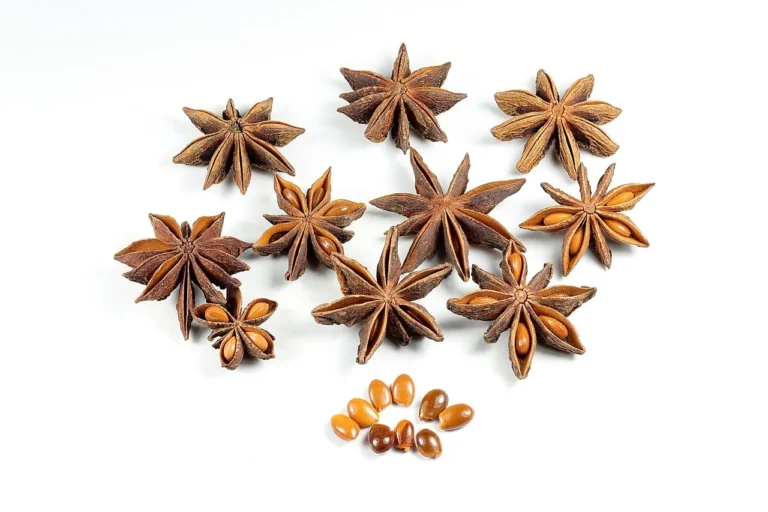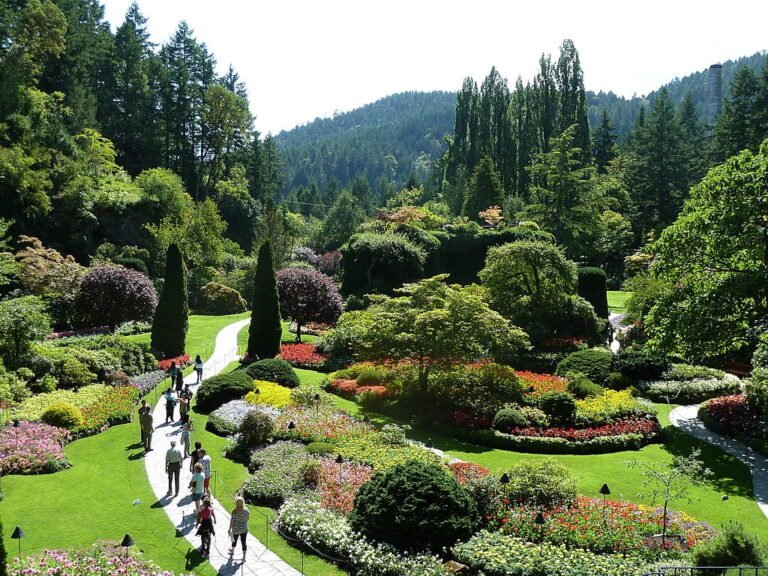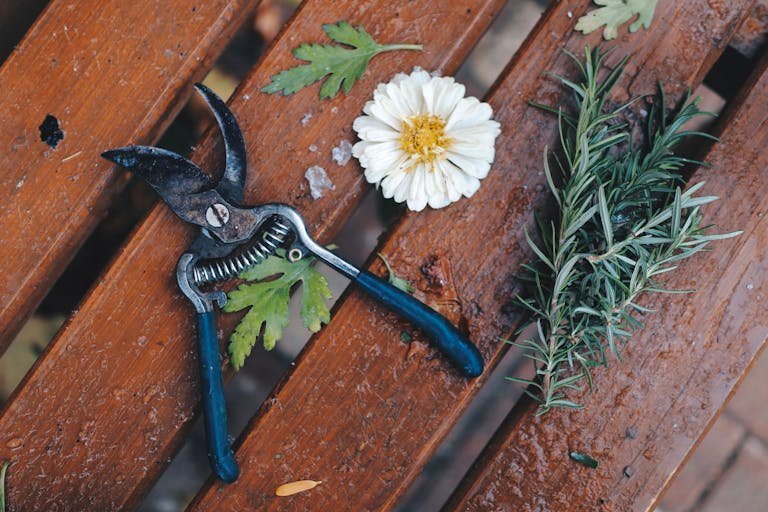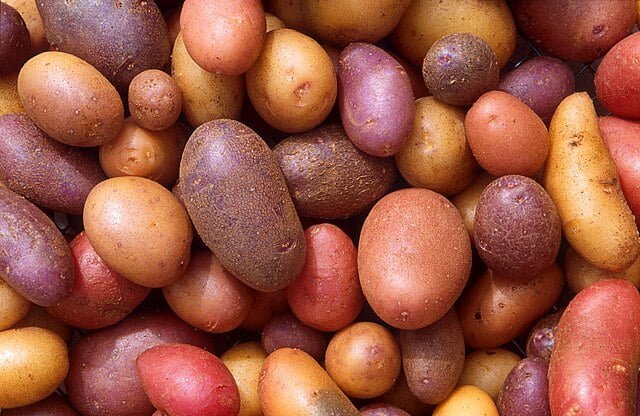Growing Peanuts: A Gardener’s Guide to Harvesting Homegrown Nuts
Peanuts are a unique and fun crop to grow, forming their tasty nuts beneath the soil after a delicate dance of flowers and pegs. Whether you’re a seasoned gardener or trying something new, growing peanuts can add an interesting twist to your gardening endeavours. Here’s how to cultivate peanuts in your own backyard.
Why Grow Peanuts?
Aside from their nutritional benefits, peanuts are fascinating plants. Their growth process, where flowers pollinate above ground and then bury their “pegs” into the soil to form peanuts, is intriguing to observe. Growing peanuts also improves soil fertility by fixing nitrogen, making them a great addition to any garden rotation.
Selecting Peanut Varieties
Peanuts come in several types, including Virginia, Runner, Spanish, and Valencia, each with unique characteristics:
- Virginia: Known for their large kernels, ideal for roasting.
- Runner: Most commonly used for peanut butter, they have a uniform kernel size.
- Spanish: Contain higher oil content, making them perfect for peanut oil.
- Valencia: Often have three or more kernels per shell and are sweet, making them great for fresh consumption.
Choose a variety that suits your culinary preferences and climate.
Planting Peanuts
- Timing: Plant peanuts in late spring or early summer when the soil has warmed to at least 65°F. Peanuts require a long, warm growing season of at least 120 days.
- Soil and Site: Choose a sunny spot with well-draining, sandy loam soil. Peanuts prefer a pH of 5.9 to 6.3. Amend the soil with compost to ensure good drainage and fertility.
- Sowing Seeds: Plant raw, unroasted peanuts 1-2 inches deep and 6-8 inches apart in rows that are 2-3 feet apart. Water well after planting.
Caring for Peanut Plants
- Watering: Peanuts require 1 to 1.5 inches of water per week, whether from rainfall or irrigation. Water deeply and allow the soil to dry slightly between waterings.
- Weeding: Keep the area around peanut plants weed-free, especially during the early stages of growth.
- Mulching: Apply a light mulch to conserve moisture, regulate soil temperature, and suppress weeds.
Pest and Disease Management
Peanuts are relatively resistant to pests and diseases but watch for common issues like leaf spot and root-knot nematodes. Practice crop rotation and use organic methods to manage pests and diseases when necessary.
Harvesting Peanuts
- When to Harvest: Peanuts are ready to harvest when the leaves begin to yellow and the hulls have a papery feel, typically 4-5 months after planting. Gently dig around the plant to check pod maturity before harvesting the entire plant.
- Harvesting: Carefully dig up the peanut plants with a fork, shaking off excess soil. Hang or lay the plants in a warm, dry place to cure for 1-2 weeks until the foliage is completely dry.
Storing Peanuts
Once dried, remove the peanuts from the plants and store them in a cool, dry place. Peanuts can be kept in their shells or shelled for convenience. Properly stored, peanuts can last for several months.
Using Peanuts
Enjoy your homegrown peanuts roasted, made into homemade peanut butter, or used in a variety of recipes. Fresh peanuts have a sweet, nutty flavour that’s superior to store-bought.
Final Thoughts
Growing peanuts is a delightful venture that rewards gardeners with delicious, nutritious nuts straight from the soil. By following these guidelines, you can enjoy the unique experience of harvesting and enjoying your own peanuts.

